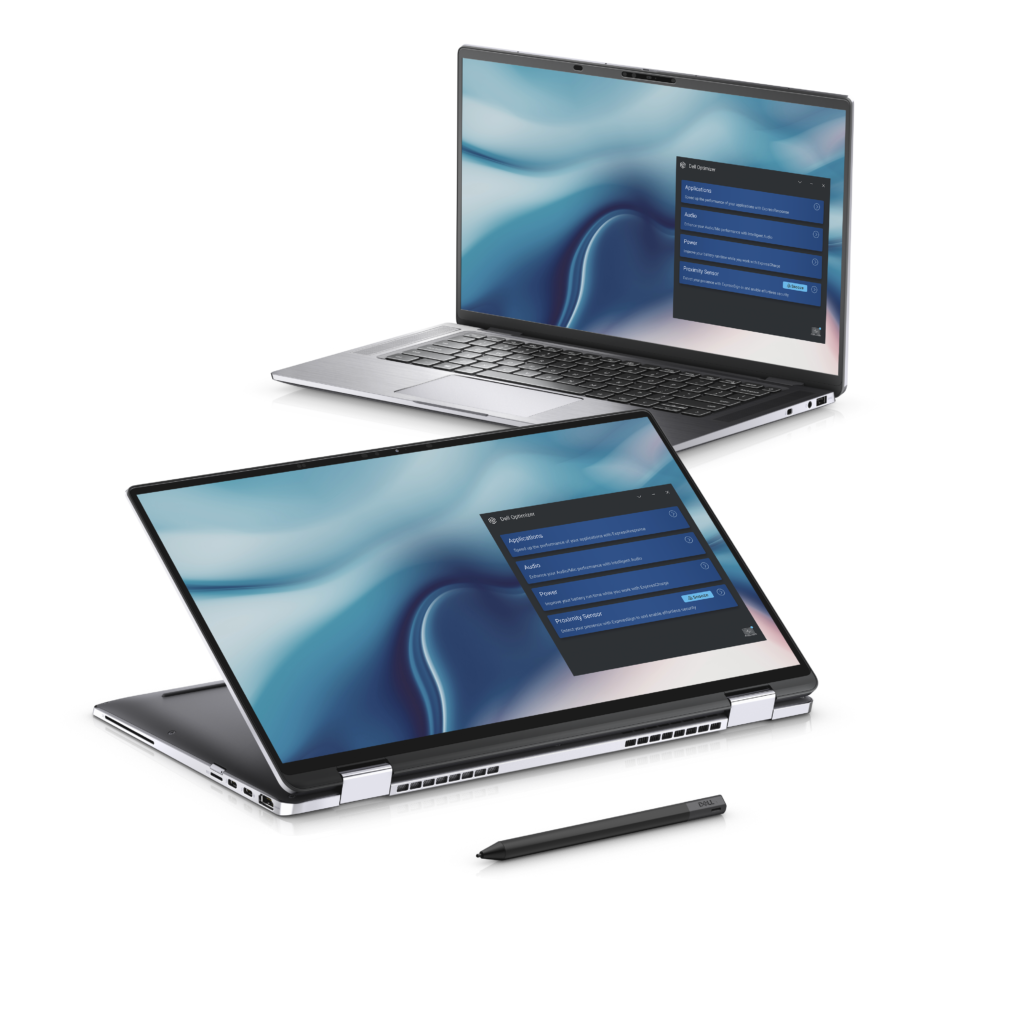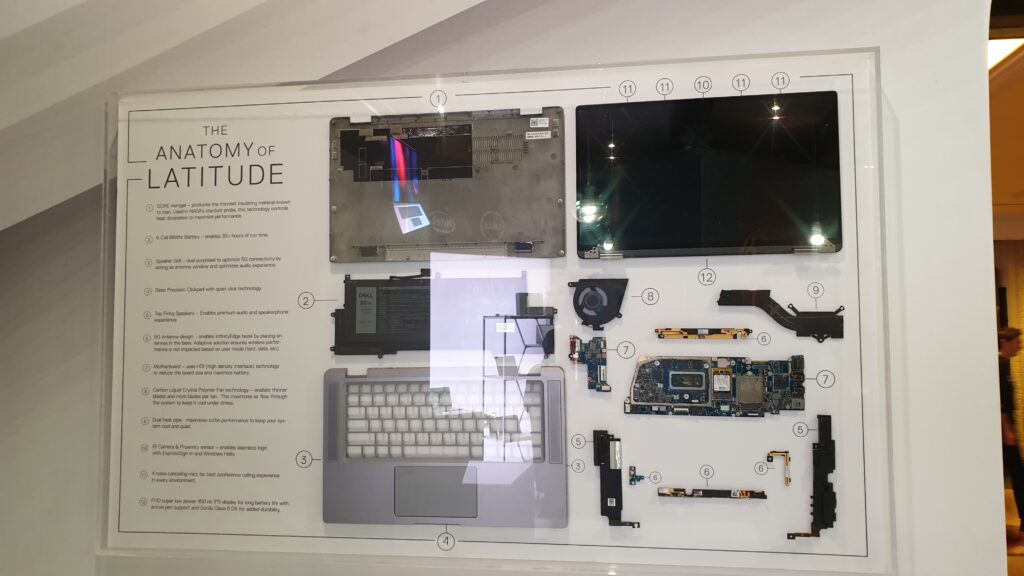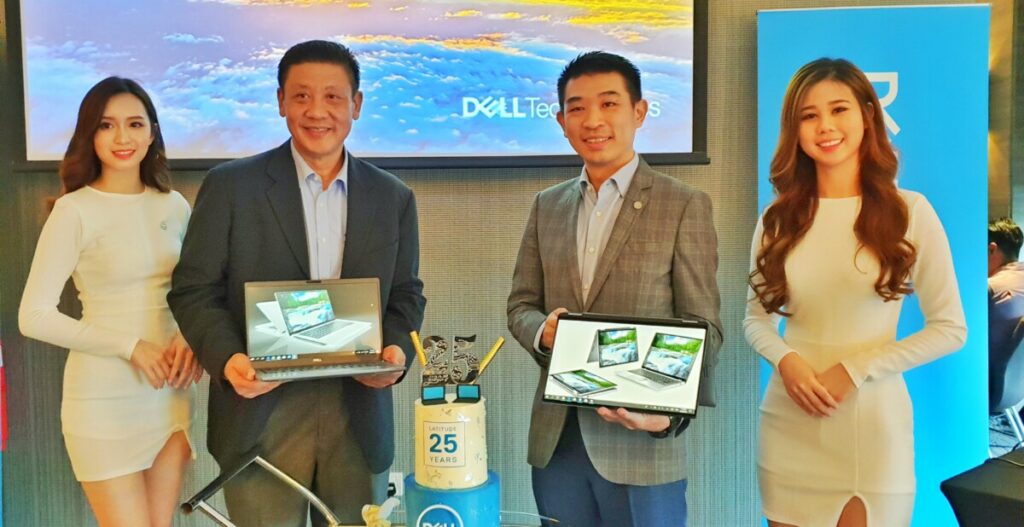
How Dell builds commercial notebooks that understand users better: Latitude Design Stories
The Latitude laptop series was originally conceived by Dell Technologies as a laptop built from the ground up for enterprise users with features, design and hardware that are optimised specifically for a corporate environment.
What this translates to are business-oriented laptops that are built to a higher standard, that have long battery life, specs that can tackle work with gusto and are sufficiently sturdy enough to last multiple refresh cycles.
We’ve experienced and tested a variety of Dell Latitude laptops over the years ranging from the latest Latitude 9510 2-in-1 that was unveiled at CES 2020 earlier this year and intended for executives all the way to mainline Latitude models like the Latitude 3000, 5000 and 7000 series for mass deployment.
The Latitude series has been around for a while and has evolved to become one of the most preferred choices for enterprise use in the market.
KT Ong, Country Manager, Malaysia for Dell Technologies weighs in on the Latitude phenomenon and how Dell Technologies approaches the design of the Latitude portfolio.

KT Ong, Country Manager – Malaysia, Dell Technologies showcasing Dell’s recent innovations in their latest notebooks in a press briefing last year.
How Dell builds commercial notebooks that understand users better: Latitude Design Stories
Table of Contents
Since 1994, the Dell Latitude brand has been synonymous with business PCs that deliver portability, efficiency, comfort and security. Every year, a refreshed lineup is released, packed with innovative features for a wide range of business users.
User-Centered Design
Over the past 20 years, the way people work has changed dramatically: from the “9 to 5” jobs we are all accustomed to, to the revolutionary “gig” movement that has empowered workers to work on their own terms, and now, to the increasingly popular remote working environment.
The Latitude has consistently evolved to address the changing nature of our work needs – adding new features and refined functional enhancements to deliver the best possible business user experience. To effectively accomplish this, the Dell design team works with top scientists and partners around the globe to deliver innovative technology that is highly aligned with customer needs.

Meghana Patwardhan, Vice President and General Manager, Dell Latitude and Education, Commercial Client Solutions, one of the key minds behind the creation of the Latitude 9510 showcasing it at CES 2020
Compact Size, but with a Larger Display
A commercial notebook is, first and foremost, a productivity tool that needs to balance both portability and performance rather than focus only on an ultra-thin design.
For daily work scenarios, users require a notebook that is portable and equipped with diversified interfaces to connect to other devices. Vendors differ in their approach to delivering a better user experience within limited product dimensions. For users, the emphasis is on greater compactness rather than thinness: can it readily slip into a bag or placed on the airplane tray table?
The key to a powerful, compact notebook lies in a higher screen-to-body ratio, which determines compactness. It is also one of the key indicators of notebook product iteration. In addition to the screen itself, there are intricate wiring arrangements and cameras in places unseen. Many notebook products on the market set cameras in different locations to try and achieve narrower screen bezels.
However, users prefer cameras located in a position that flatters their appearance, rather than those located at the bottom of the screen or other unconventional spots.
Dell’s R&D team made the camera smaller and bezels narrower by leveraging several patented technologies, including hinge technology, to successfully keep the camera in the top center of the notebook while providing users with a more compact yet larger display.

User Experience Is Central – from Appearance to Texture to Touch
One of the indicators that define a successful PC is the experience a user walks away with from using the device. Dell’s new ultra-high-end Latitude 9000 series features a CNC machined one-piece aluminum chassis with diamond-cut edges and a hairline brushed finish, processed through 27 sophisticated steps, which enriches the product with a high-quality level of consistency and a unique charm.
The unibody structure also makes the product sturdier and more durable. Latitude notebooks are also designed to be more resilient to common minor accident scenarios, passing multiple U.S. MIL-STD-810G military testing standards for drops, high and low temperatures, and spills.
For office workers, the notebook’s keyboard and touchpad arguably receive the most activity each day. To ensure users have an optimal experience, Dell Latitude designers interview, research and test concepts with business PC users of all ages, industries, positions and geographic locations.
Given that today’s workplace encompasses employees of five generations spanning the 1960s to the 2000s, it was a tough challenge to create a PC well-loved by everyone, but Dell did just this.
With the emphasis on usability, Dell Latitude designers update the keyboard design every two years. The latest Latitude series features a cleaner keyboard with larger keycaps, redesigned keyboard font, and a more evenly distributed backlight, which provides better visibility and eye comfort at night.

A breakdown of the inner structure of the Latitude 9510
For many first-time Latitude users, typing for long hours does not leave any finger fatigue; the effect of this kind of precise keyboard rebound depends on the feedback given by the key travel and the bottom structure of the keys.
Compared to other notebooks, which also reduce key travel in the pursuit of a thin form factor and lightweight design, the Dell Latitude offers key travel of more than 1.6mm, allowing users to work without feeling finger fatigue or distracted by typing discomfort. Likewise, the touchpad feels good and responsive with suitable friction, which allow the user to move the cursor smoothly anywhere, anytime.
AI-powered Latitude Understands Users Better
Today’s commercial PC is no longer a simple electronic tool, but a combination of powerful hardware and software that delivers real productivity to office workers. All of the new Latitude series notebooks come pre-installed with the Dell intelligent optimisation software, Dell Optimizer.
Its AI (artificial intelligence) function learns users’ habits and makes optimizations according to users’ needs. For example, it can automatically match the networking configuration best suited to your needs; customise an optimal power-management plan and enable fast charging; automate background noise cancellation for remote meetings, and automatically sense user arrival and departure, waking up or sleeping accordingly. AI turns these seemingly magical functions into a reality.

Dell celebrates the 25th anniversary of the Latitude range of notebooks in a ceremony in 2019.
Most importantly, unlike traditional PCs which tend to slow down over time, the AI-powered Latitude understands the user better and runs critical applications faster, the more it is used.
In every Latitude notebook, users will experience the innovation the Dell design and R&D teams have injected into every detail – all with careful consideration of work scenarios based on user feedback.
By KT Ong, Country Manager – Malaysia, Dell Technologies
